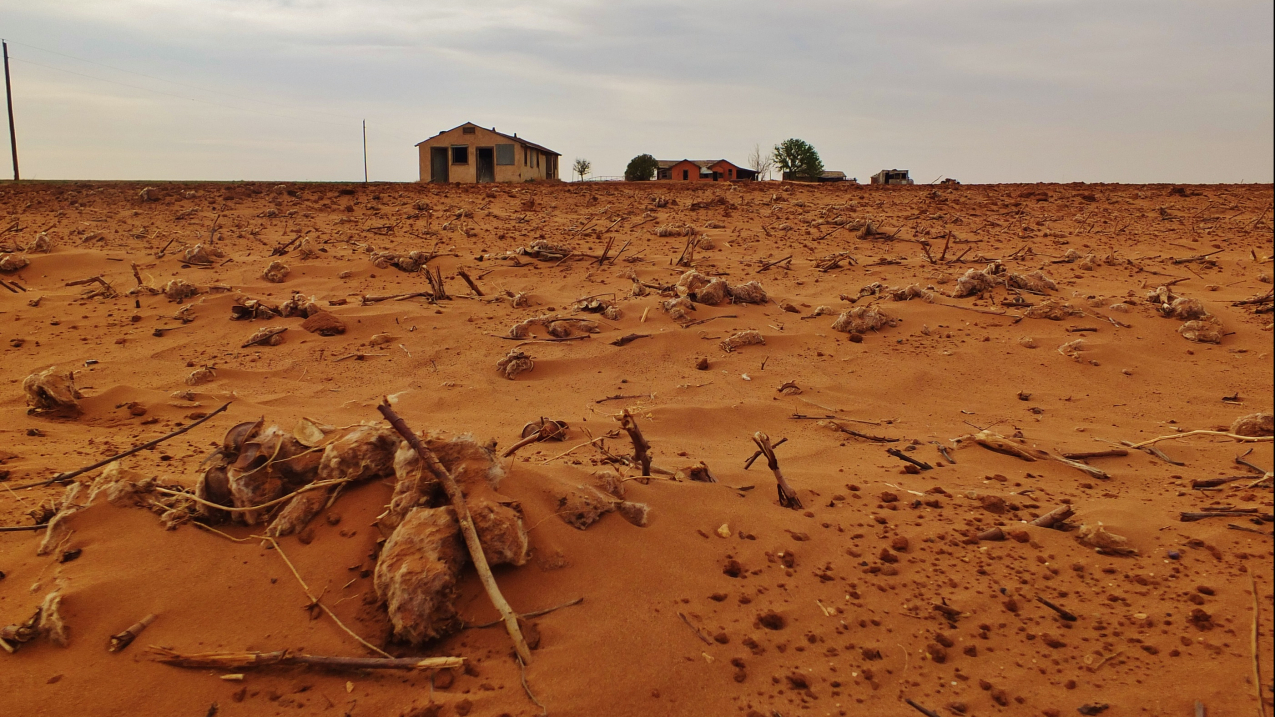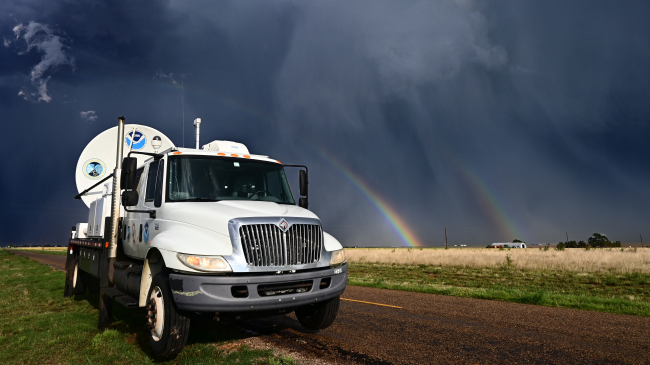Agriculture is the economic engine that powers the Great Plains, the vast stretch of treeless prairie that covers parts of 10 states – and where the next drought can appear with little warning.
Now there's a powerful new tool that can provide farmers and ranchers in this arid region critical, early indications of oncoming droughts.

EDDI, a tool developed by NOAA, helps farmers, ranchers and water managers recognize and prepare for oncoming drought. Learn more at https://psl.noaa.gov/eddi. (Image credit: NOAA)




